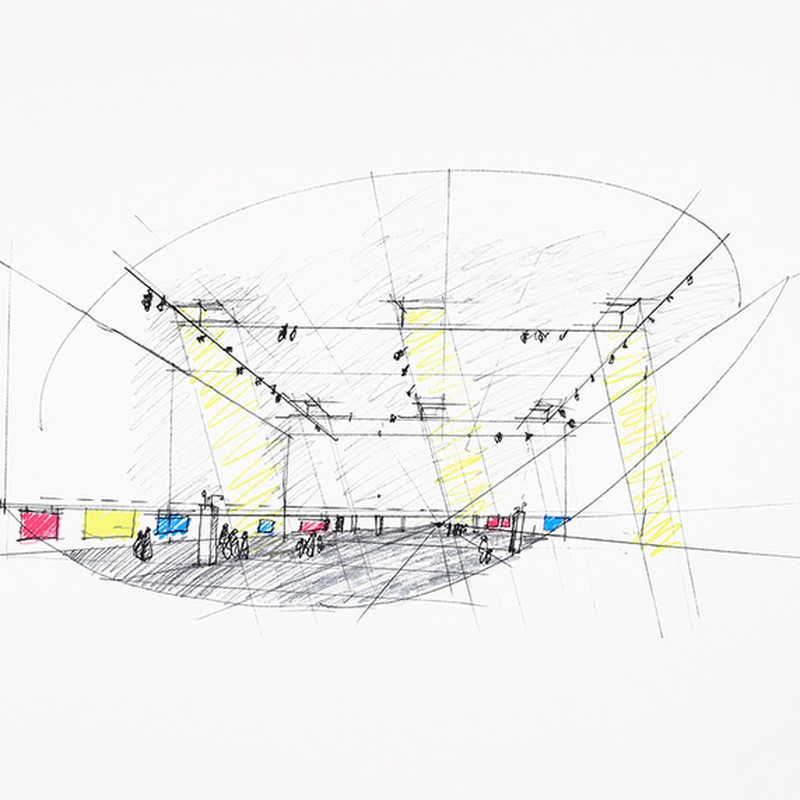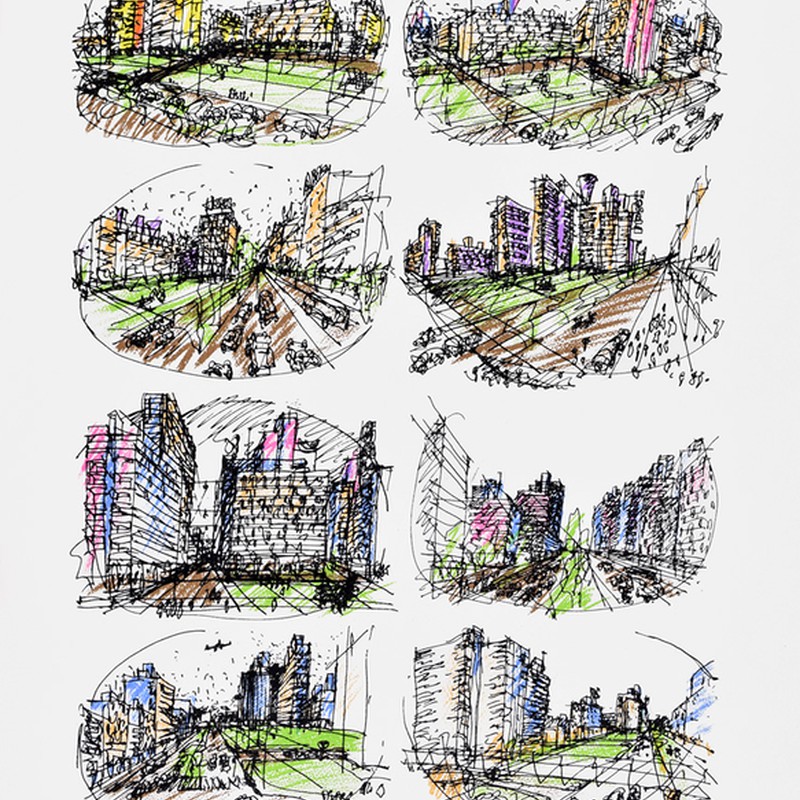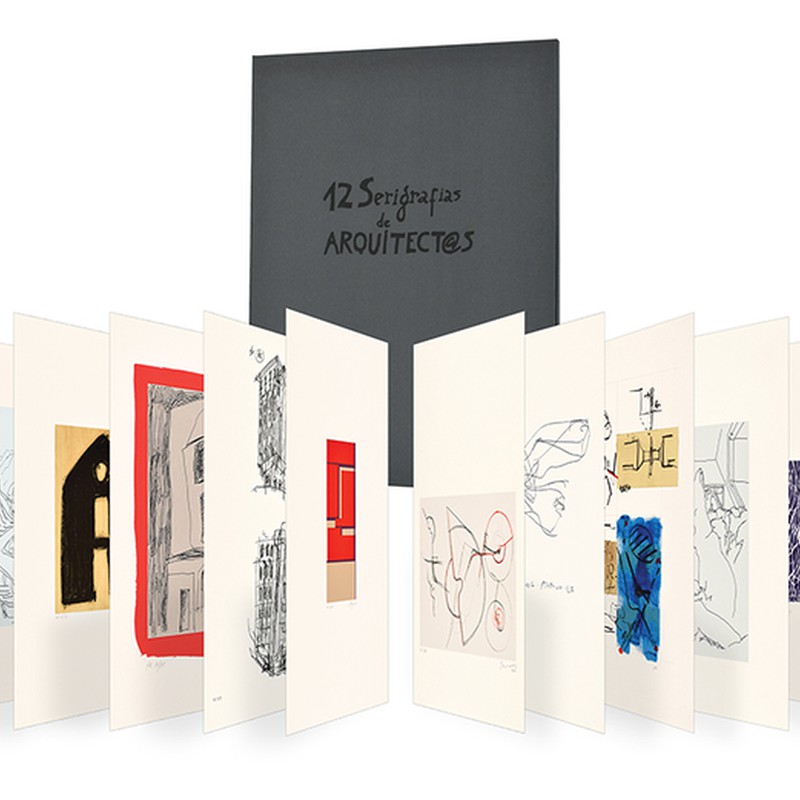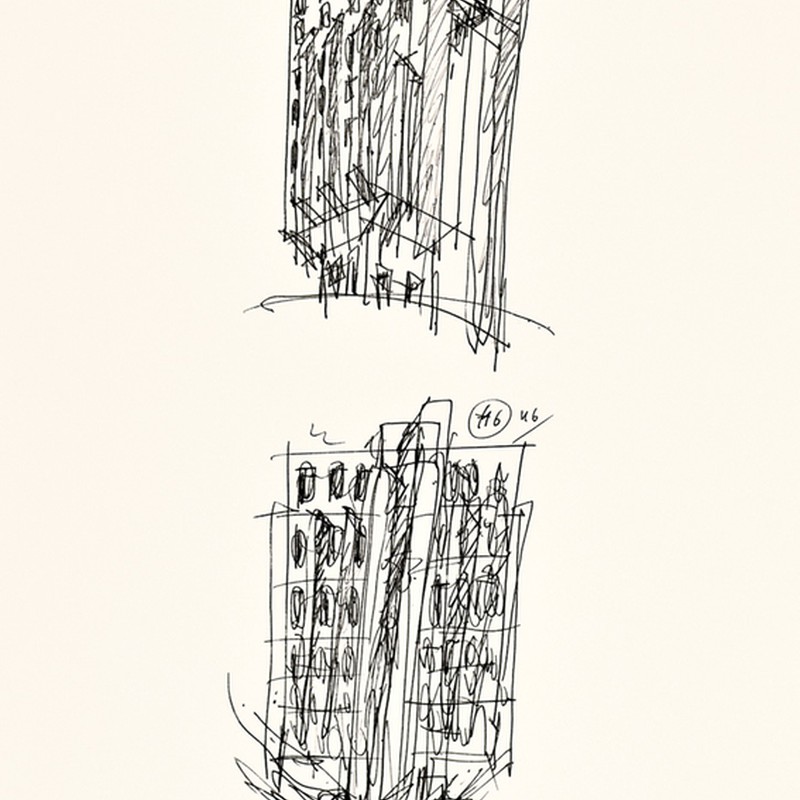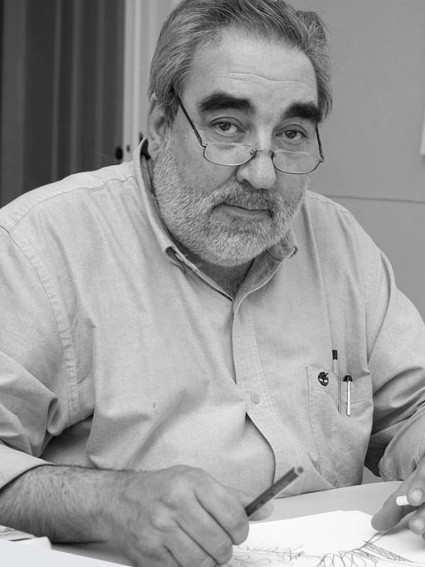
Eduardo Souto de Moura
Born in Porto in 1952.
He studied Architecture at the Escola Superior de Belas Artes do Porto and at the Faculty of Architecture of the University of Porto. During his student career he collaborated in the studio; by Álvaro Siza Vieira between 1974 and 1979. In 1980 he completed his degree and began working as an architect.
Throughout the 1980s and 1990s he was invited to teach at several international Faculties and Schools of Architecture, such as: Paris-Belleville Faculty of Architecture (1988), Harvard and Dublin Schools of Architecture (1989), ETH of Zurich (between 1990 and 1991) and Lausanne School of Architecture (Guest Professor in 1994).
His works are scattered throughout the country and abroad. Highlights include the Municipal Market and the Municipal Stadium of Braga (Estádio Axa), the Casa das Artes, the Casa do Cinema by Manoel de Oliveira and the Burgo Building, in Porto; the Ponte dell' Accademia, in Venice (Italy), the Convent of Santa Maria do Bouro, in Amares, the Alfândega Nova building (current Museum of Transport and Communications/Congress Center and Exhibitions); the former Cadeia da Relação (converted into the Portuguese Photography Center), in Porto, and the territorial interventions in the Matosinhos Marginal Strip, in the Porto Metro and in Praça do Município from Maia.
In 2011, Souto de Moura became the second Portuguese architect, after Siza Vieira (1992), to win the Pritzker Architecture Prize, awarded since 1979 to the biggest names in world architecture .
